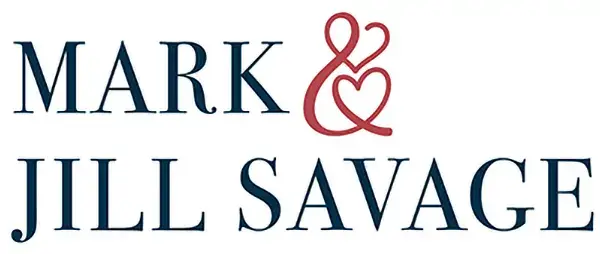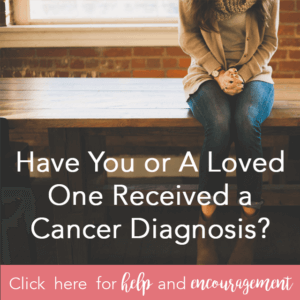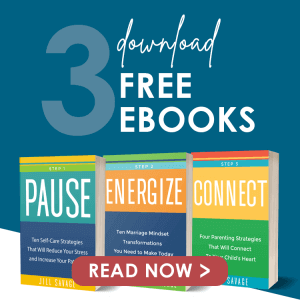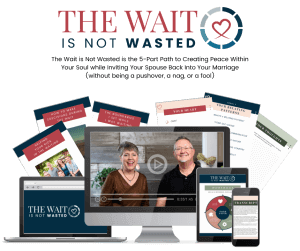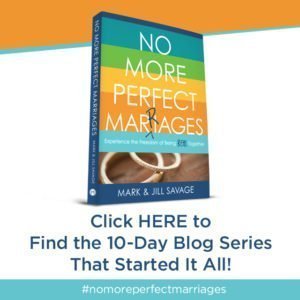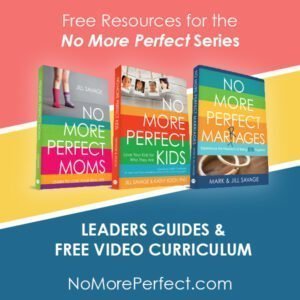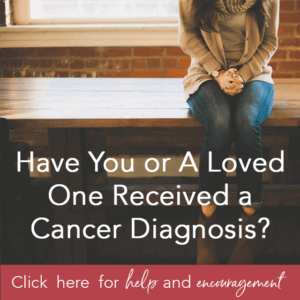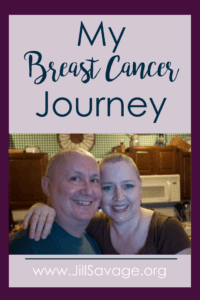 Four years ago this week my life changed when breast cancer became a part of my vocabulary.
Four years ago this week my life changed when breast cancer became a part of my vocabulary.
It had been a part of my extended family’s vocabulary for some time because my aunt, my mom, and my grandmother had all received breast cancer diagnoses before I did. We don’t have the BRCA1 or BRCA2 gene but as my genetics counselor said, “You don’t have the BRCA1 or BRCA2 breast cancer gene, but there’s no doubt in my mind that your family has a breast cancer gene…it just hasn’t been discovered yet.” This is such a reminder of the need for continued breast cancer research.
Because my diagnosis came before I was 50, the implications for my daughters and granddaughters are tangible. Our family has to be vigilant about screening, eating well, exercising, and doing self-checks.
When I finished my treatment my oncologist told me I had three jobs:
1) Eat healthy.
2) Exercise daily.
3) Keep my weight and BMI in a healthy range.
My marching orders were clear and I do my best to stay on track. Our family has reduced portions, increased vegetables, learned to read labels (Do you know that most brands of canned tomatoes have sugar in them? Find options without added sugar!), removed refined sugar from our diet, changed from plastic to glass food storage containers, changed cleaning products to stay away from environmental toxins (my new favorite way to wash clothes is Crystal Wash. We’ve been using it for six months and love it!)
My breast cancer was found on a routine mammogram. I can’t impress it upon you enough to make sure that you get regular mammograms. (If you’re concerned about the radiation exposure from mammography, you need to know that, according to my breast surgeon, the radiation level in mammography is similar to the radiation exposure you experience flying in an airplane.)
My cancer was stage 1, triple-negative cancer. I felt no lump. My doctors couldn’t find a lump. But the mammogram detected a tumor and the follow up needle biopsy confirmed it was cancer.
Breast cancer is categorized by what fuels the cancer. It’s either HER2 positive, Estrogen positive, Progesterone positive or Triple-Negative. For instance, if it’s estrogen positive the cancer is being fueled by estrogen in the body. In my type of cancer–triple negative–it’s negative for HER2, negative for estrogen, and negative for progesterone. What that means is they actually don’t know what DOES fuel triple-negative breast cancer. Because of that, they throw everything they have at it–surgery, chemotherapy, and radiation. It was a long six months of treatment for me, but I also have no follow up medication I have to take to reduce hormone levels in my body.
I still see my breast surgeon and oncologist every three months. They don’t consider you cancer-free until you’re 5 years out from treatment. I have one more year to go!
I blogged quite a bit through my journey. I now have all of those posts gathered into one place that can be accessed easily through this graphic on my Home Page:
If you or someone you love receives a cancer diagnosis, click on the graphic to find practical information and spiritual encouragement in the difficult journey of cancer. I even have a video of one of my radiation treatments so those going through it can know what to expect.
October was breast cancer month, but November is MY breast cancer month. It’s my opportunity to share my journey AND remind women to be vigilant about their healthcare and the screenings that are an important part of taking care of ourselves.
Taking care of yourself IS taking care of your family. If you need to get your pap smear, mammogram, or colonoscopy on the calendar, make the call as soon as you are finished reading this.
Early detection saves lives. My story is a reminder of that!
